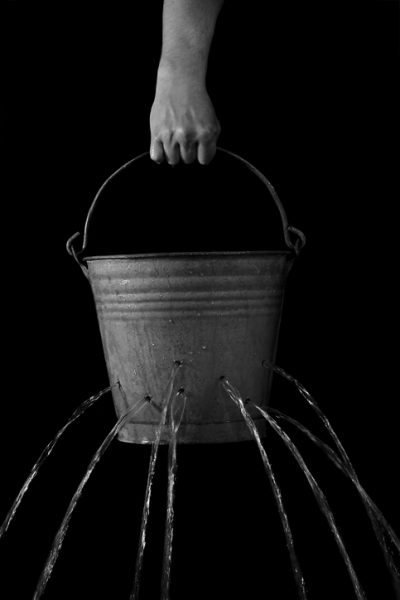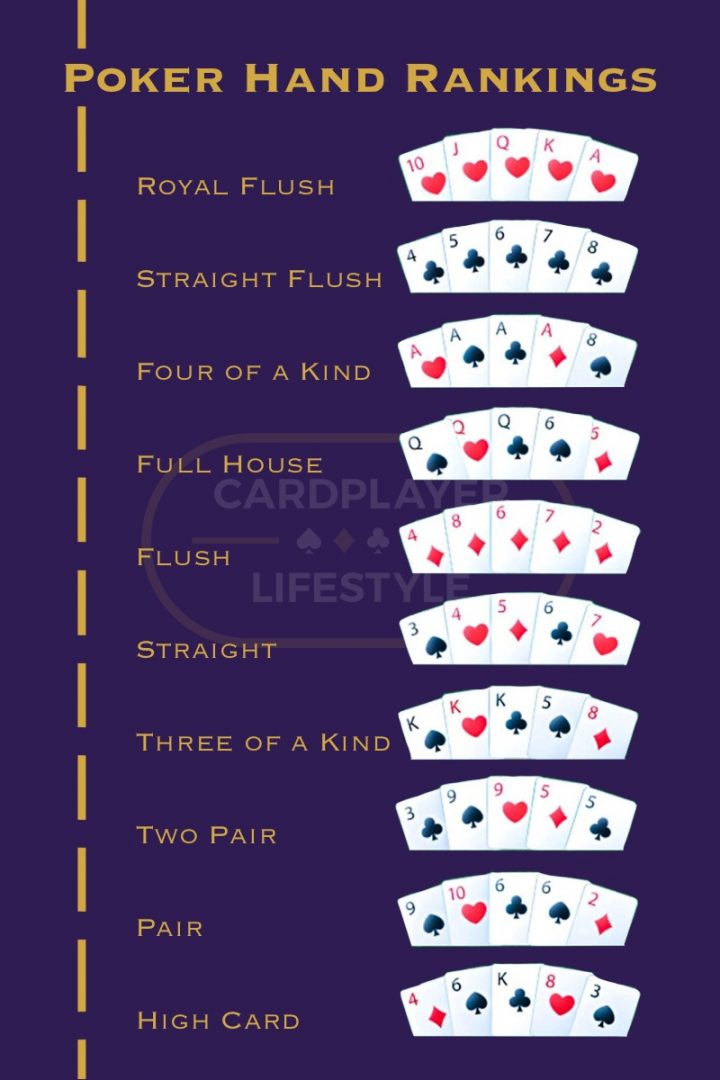Recently I returned to the tables after a 14-day break from poker. I had to take a break because of what happened in the prior four sessions I played.
They were pretty rough:
- My bluffs weren’t working no matter the bet sizes I used.
- My 3bets were ALL getting called (and I love 3bet bluffing, so that was terrible).
- My one-and-only river value bet with the 2nd best hand was raised by the nuts… and I called off my stack!
- I flopped the nut straight once with QTo, he called and turned his flush, and got loads of my chips.
I couldn’t win-for-lose over four straight sessions and my bankroll took a 12 buy-in hit.
And you can guess my mood after this: aaargh!!! (angry and tilting).
I’m not telling you this for any type of sympathy because, heck, we’ve all “been there, done that” dozens of times, right? There’s nothing special about this bad 4-day downswing.
However, I’ve developed a system for myself that helps me spring back from these losses with a renewed gusto for poker and a drive to improve my play.

Step 1: Take a Break from Playing Poker
Yep, get away from the tables. That run of losses was affecting my attitude which I know affected my play. For me, anger and a bad attitude = bad play.
The best way to stop this bad play is to just not play. I’m not a professional player, so taking a break from the tables is totally fine with me. If you’re a pro, you may have to follow a different path and find ways to play through the anger and tilt (Alternative Step 2 below might help you).
But, taking a break from the tables DOES NOT MEAN taking a break from poker.
Sure, you may have a bad run of cards and results, but I guarantee that the poker leaks that you had prior to your bad run are still present. Poker leaks are plays you make that are costing you money. Think of them like a leak in your bankroll bucket.

Before my bad run I had these three leaks:
- Calling 3bets when in position, then just giving up on the flop too easily.
- Failing to double-barrel the turn, so I end up checking and folding on the river.
- Making unbelieving river calls and hoping my top pair or weak two pair hand was ahead of opponents’ river betting or raising range.
I guarantee that I DID NOT plug these leaks during this 4-session bad run.
So, instead of playing poker, I spent the past two weeks studying poker for about 20 minutes per day. Specifically, I worked on the first leak of calling 3bets then giving up on the flop.
I watched a few videos, read a chapter from a book, took a lot of notes in my poker journal and reviewed dozens of hands in my PokerTracker 4 database related to my leak of calling and giving up. Plus, I made a plan and created action steps for how I’ll use the strategies I learned to plug this leak.
When I returned to the tables yesterday, I did so with a mission and started implementing these strategies. And guess what? The leak isn’t plugged yet, but now I have a gusto for playing and plugging this leak and I enjoyed yesterday’s session. Plus, I booked a small win!
Step 2: Make a Game Change for Fun
When the anger has subsided and you’ve studied some strategies for better poker, return to the tables.
But for me, I sometimes avoid my usual game.
I’m generally an online cash game player, but I used to be an avid sit-n-go player (quick, one-table tournaments) and I really enjoyed this form of poker. So instead, my first few sessions back will be with online sit-n-go tournaments.
It’s still poker and it’s still NLHE, but with a different format that requires some different skills, I’m not stepping back into the cash game fire just yet. Plus, because it’s a form I always enjoyed and a change of pace, I’m having some fun, which is why I started playing poker in the first place.
Alternative Step 2: Play a Lower Stake
Instead of switching games, sometimes I’ll just drop down in stakes when I return to playing.
I normally play $10 or $25 buy-in online cash games. So, I’ll drop down to $5 buy-ins. It’s less money on the line and it allows me to try to have more fun and test out the strategies I learned during the break.
Results can often bring up anger and tilt, and losing those 12 buy-ins at my normal stake was a tough pill to swallow. But if I suffer that same bad run when I return, it’ll only be about six of my normal buy-ins, which is easier to handle and less likely to cause anger and tilt.
Plus at a lower stake, your opponents are probably not as strong, so you’re more likely to outplay them and book those wins that your mindset may desperately need.
So the next time a downswing occurs, and anger and tilt are affecting your play and your enjoyment of poker, try the steps above for yourself. See if a little study break plus a change in games can get you back on track.






